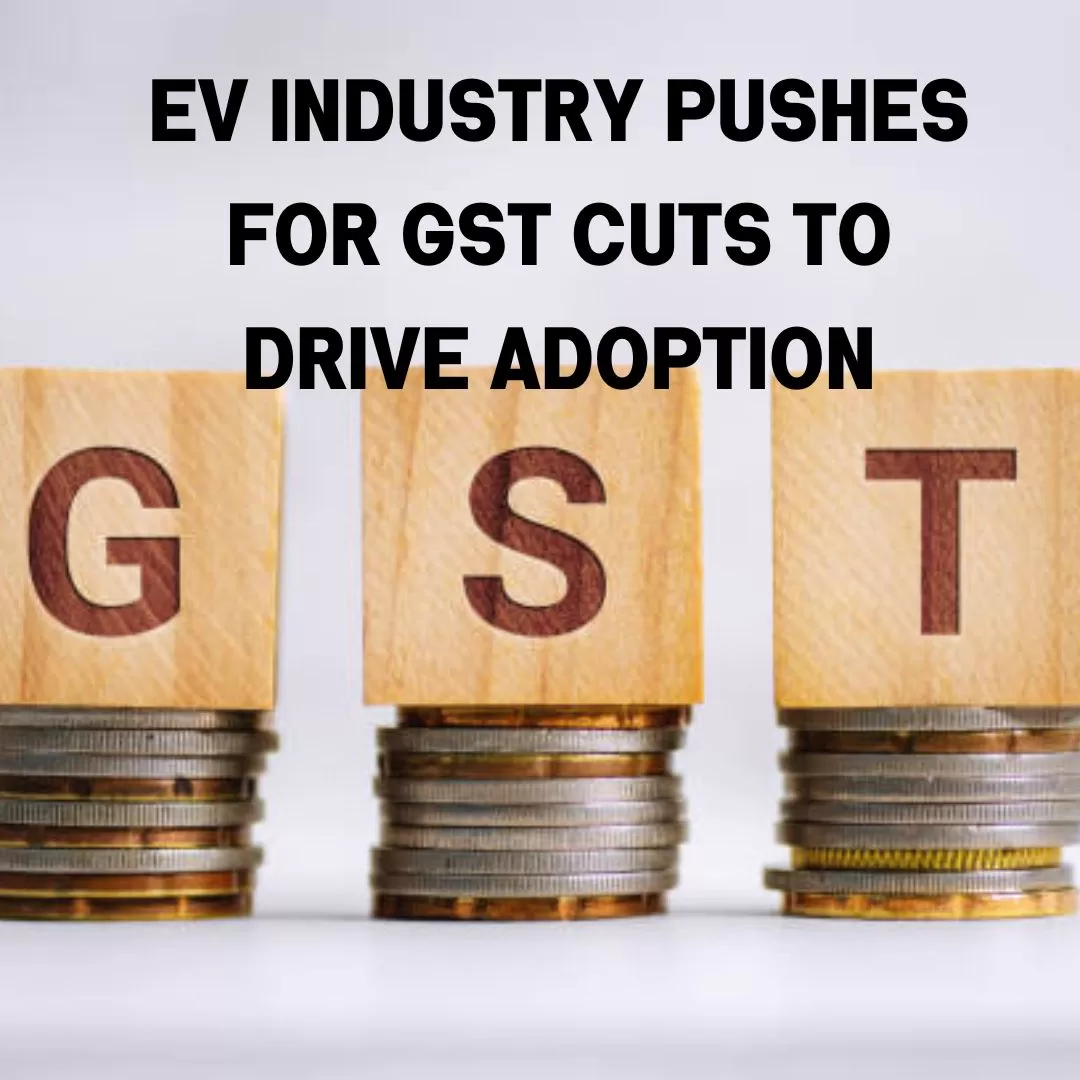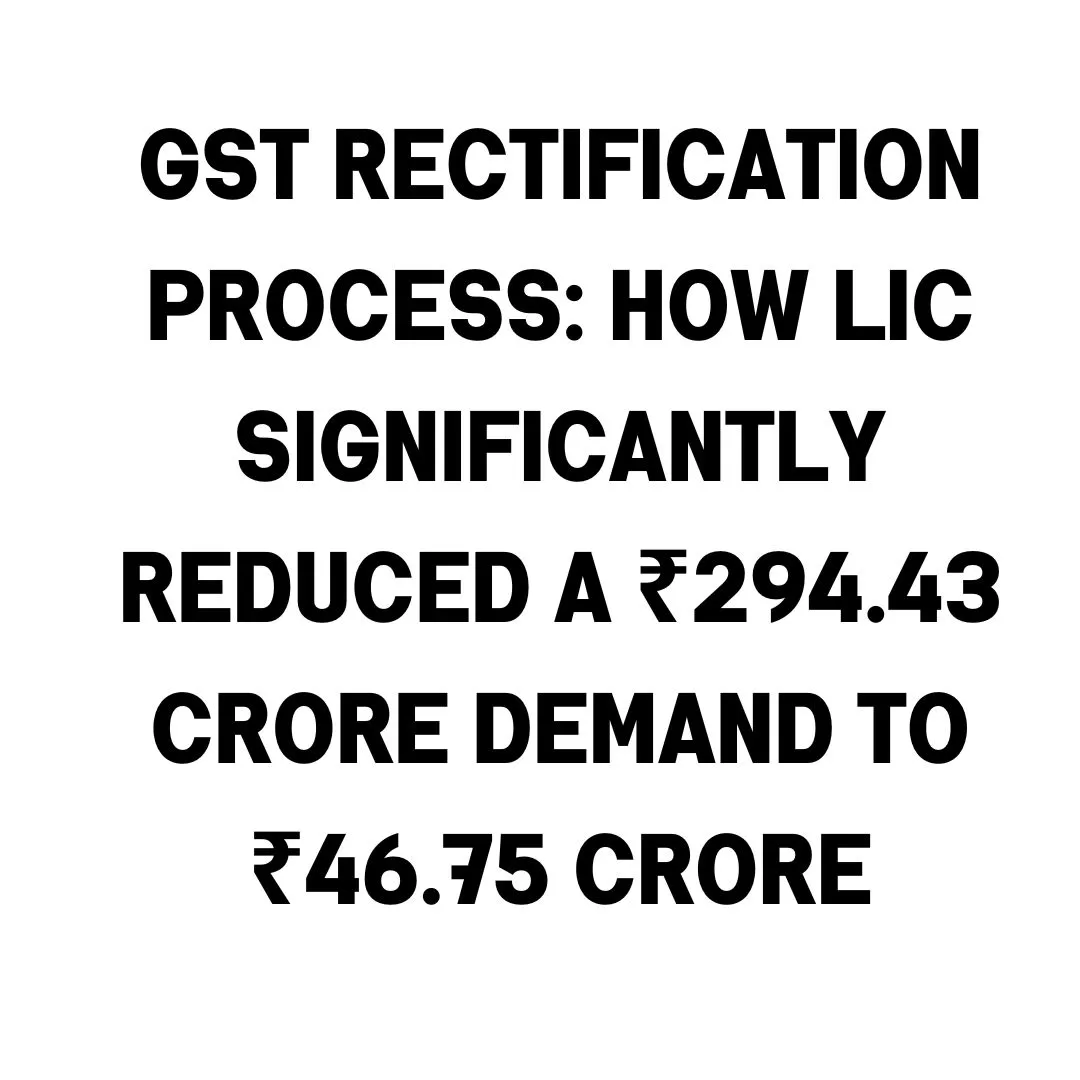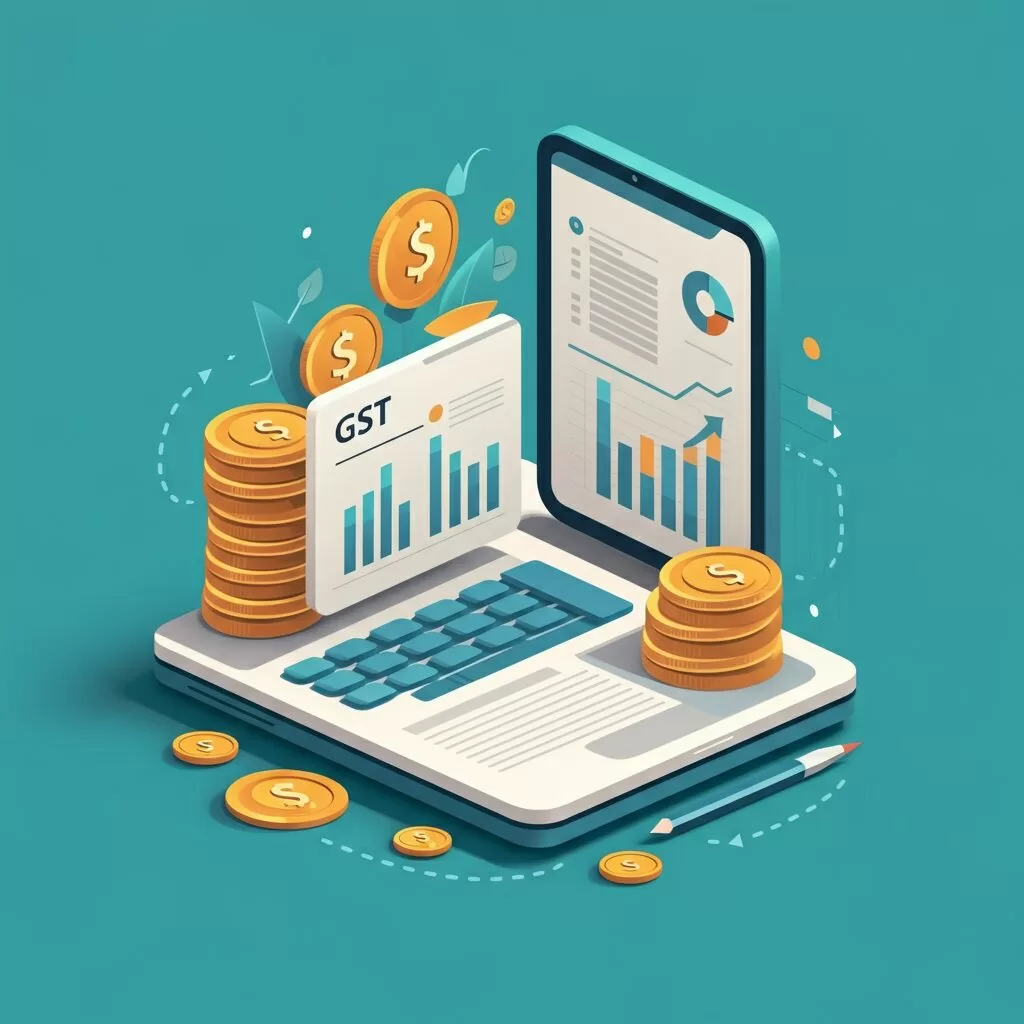The electric vehicle (EV) sector in India is pushing for changes in GST rates to ensure affordability and promote widespread adoption. Industry leaders, including Sulajja Firodia Motwani, chair of the FICCI Electric Vehicle Committee, are calling for a reduction in GST on batteries and charging services. This move is critical to maintaining the cost competitiveness of EVs and supporting the Indian government’s vision for greener transportation.
Current GST Landscape
The government currently levies 5% GST on EVs, making them more affordable compared to traditional vehicles. However:
- GST on charging services: 18%
- GST on standalone batteries: 18%
This disparity creates a financial burden for consumers, particularly those needing battery replacements or using public charging infrastructure.
Proposed Reforms
GST on Charging Services
Charging is a recurring expense for EV owners. A reduction in GST from 18% to 5% will:
- Lower operational costs for EV owners.
- Encourage private investment in charging infrastructure.
GST on Batteries
Batteries represent a significant chunk of an EV’s cost. Cutting GST on batteries to 5% will ensure:
- Affordable replacements.
- Greater uptake of EVs in both urban and rural markets.
PM E-Drive Scheme: Driving the Future
The government introduced the PM E-Drive Scheme to boost EV adoption. With an outlay of ₹10,900 crore, the scheme includes:
- Setting up charging stations across India.
- Developing the EV manufacturing ecosystem.
- Offering purchase incentives to customers.
| Scheme Name | PM E-Drive Scheme |
|---|---|
| Launch Date | October 2024 |
| Budget | ₹10,900 crore |
| Implementation Period | October 2024 – March 2026 |
| Key Focus | Infrastructure, incentives, and manufacturing |
Industry experts like Motwani recommend increasing the scheme’s budget to cater to rising demand. The scheme’s success could be pivotal in achieving India’s electric mobility targets.
Visualizing the GST Impact
Here’s a visual representation of the proposed GST reforms:
📊 Current vs Proposed GST Rates
- EVs: 5% (No Change)
- Batteries: 18% ➡️ 5%
- Charging Services: 18% ➡️ 5%
Reducing these rates will significantly lower the total cost of ownership for EV users, making them a more viable option for the masses.
Priority Sector Lending for EVs
To further incentivize adoption, the industry has urged the government to include electric vehicles under priority sector lending. This move would:
- Provide affordable loans for EV purchases.
- Encourage more consumers, especially in rural areas, to transition to electric mobility.
Voices from the Industry
Sulajja Firodia Motwani (Kinetic Green CEO):
“Reducing GST on batteries and charging services will make EVs more competitive, supporting mass adoption.”
- Anish Shah (Mahindra Group CEO):
“India has the potential to leapfrog global markets in EV adoption. Industry innovation and government incentives are key.”
The Road Ahead
While the government has provided significant subsidies, industry leaders believe more is needed to sustain the momentum. Key areas of focus include:
- GST rationalization for affordability.
- Enhanced incentives under the PM E-Drive Scheme.
- Increased investment in charging infrastructure.
Infographic: Growth Potential of EVs in India🌍 EV Penetration in India
- Two-Wheelers: 8%
- Four-Wheelers: 1.5%
- Commercial Vehicles: 2%
With the right policies, these numbers could triple by 2030.
📈 Projected Market Growth
- By 2026, India’s EV market is expected to grow to ₹5 lakh crore, driven by policy reforms and technological advancements.
Conclusion
To achieve its green mobility goals, India must address the existing challenges in the EV ecosystem. Rationalizing GST on batteries and charging services is a significant step in this direction. Coupled with initiatives like the PM E-Drive Scheme and priority sector lending, these reforms will ensure EVs are accessible to all. The government’s continued support and the industry’s commitment to innovation will pave the way for India to emerge as a global leader in electric mobility.
Let me know if you’d like specific icons or more infographics to enhance this article!



